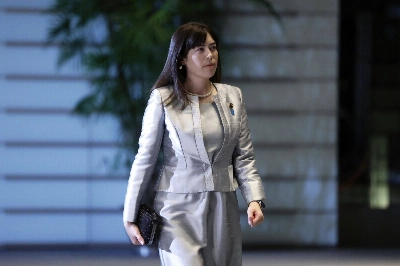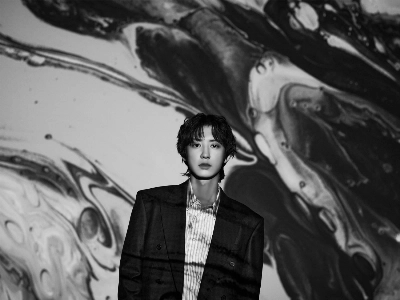Japan is set to issue redesigned ¥10,000, ¥5,000 and ¥1,000 banknotes on Wednesday incorporating the latest anti-counterfeit technologies and featuring historical figures.
Although more people are embracing cashless payment methods, the new banknotes are still stirring excitement among local residents of the hometowns of the newly featured individuals — entrepreneur Eiichi Shibusawa, higher education pioneer Umeko Tsuda and bacteriologist Shibasaburo Kitasato — and people who just want to see for themselves what the new notes look like.
The last time Japan redesigned its banknotes was 20 years ago. Since the country issued its first banknote in 1885, there have been 53 kinds of notes printed so far.





















With your current subscription plan you can comment on stories. However, before writing your first comment, please create a display name in the Profile section of your subscriber account page.